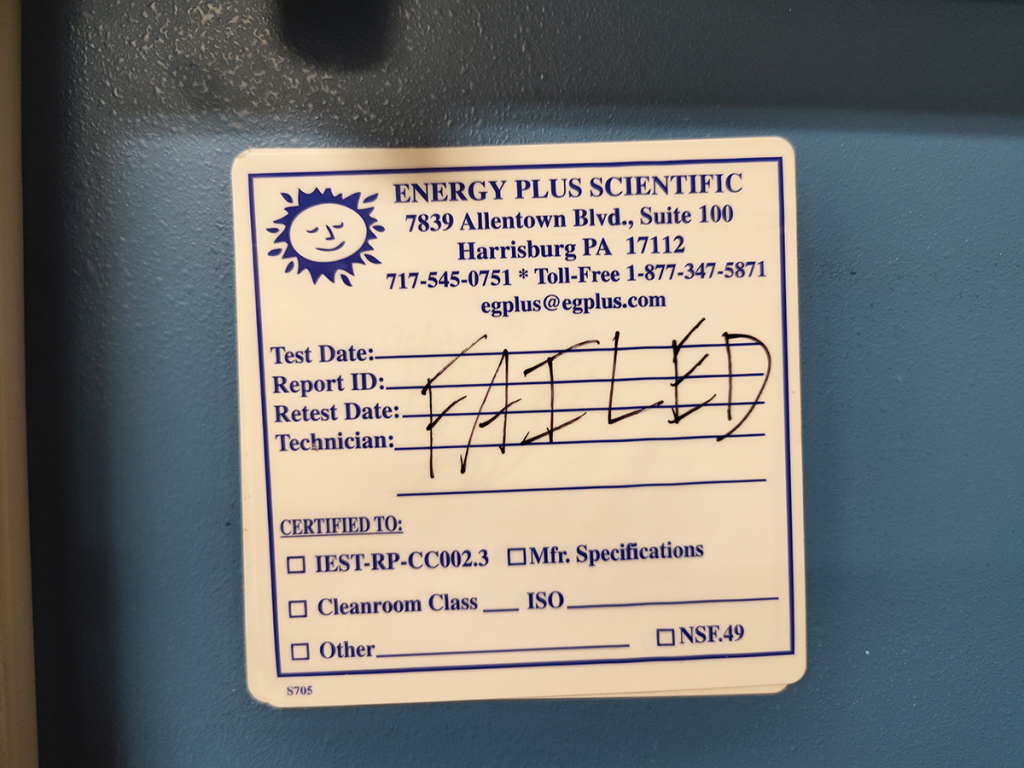
Look, it’s old, doesn’t work, and isn’t worth the cost and effort to repair. We’re assuming, of course, unsure who deposited it in the loading dock, and curious where it – or its constituent parts – is headed next.
At least it’s amusing?
Discoveries in the Physics & Astronomy shop | Science, curiosities, and surprises

Look, it’s old, doesn’t work, and isn’t worth the cost and effort to repair. We’re assuming, of course, unsure who deposited it in the loading dock, and curious where it – or its constituent parts – is headed next.
At least it’s amusing?
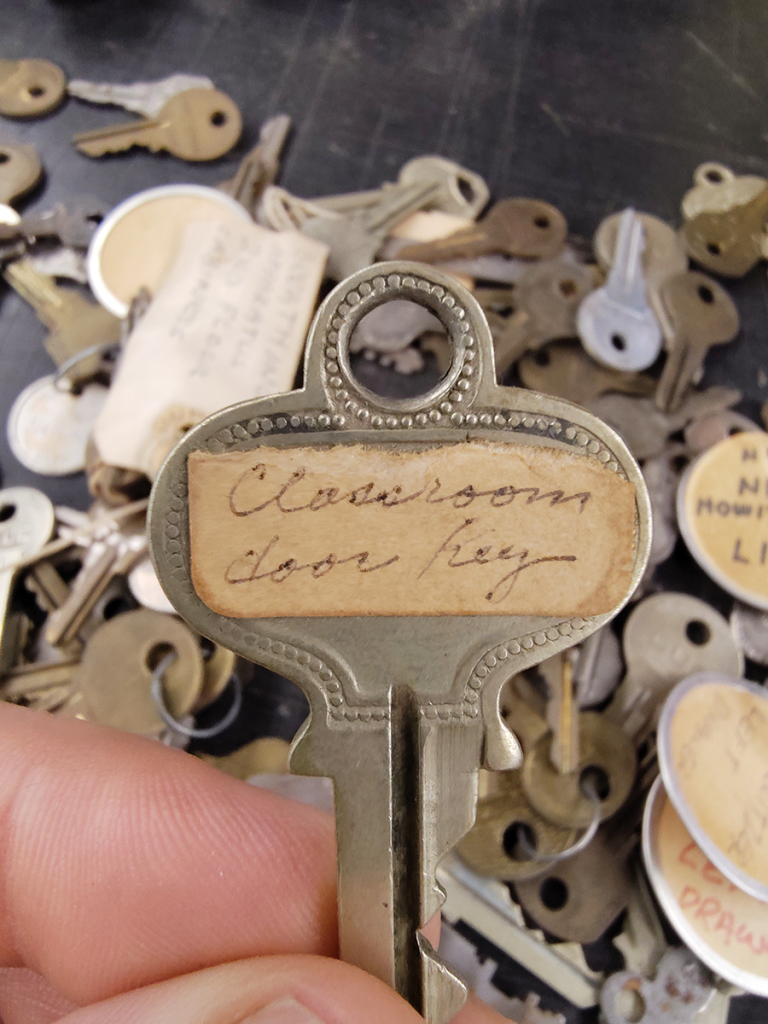
“Classroom door key.” Matter-of-fact, handwritten on a torn adhesive label. No need for building or specific room number identification. (The other side has no markings.)
Maybe there was only one classroom at the time? Maybe they were all keyed identically? Maybe the original bearer was only concerned with one specific classroom, one which needed no elaboration? Who knows?
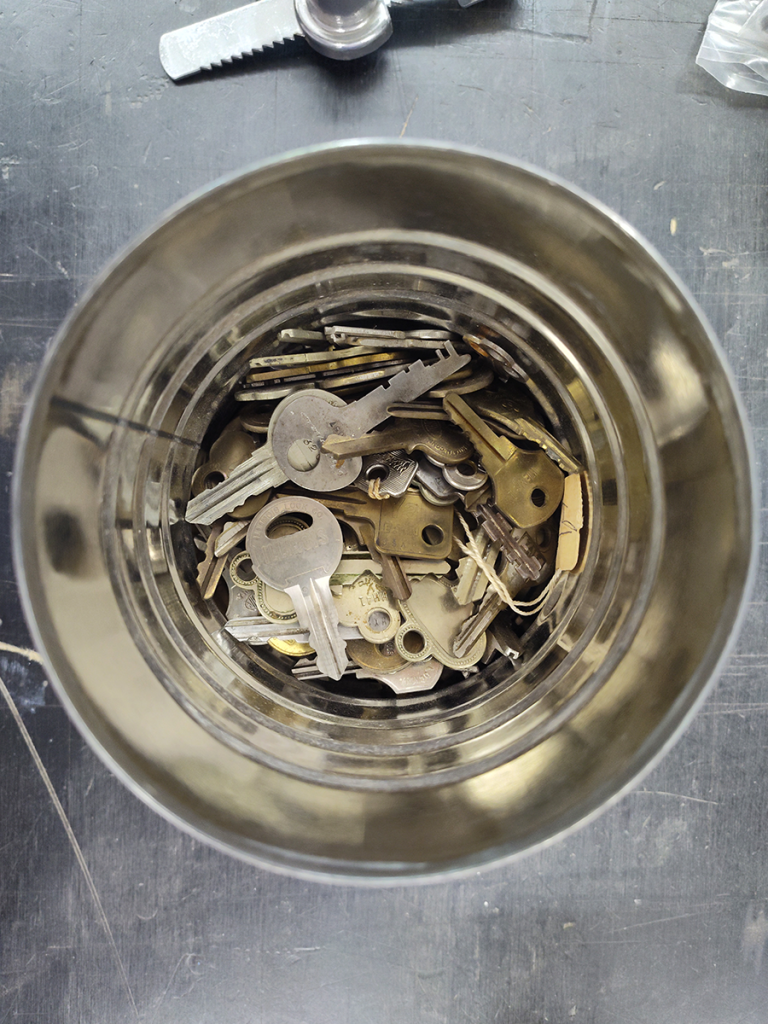
Another coffee can, this one half-filled with old keys, most unlabeled, almost certainly all of them to locks long gone. Not like “bucket of keys” is a prime organizational strategy, so one supposes these can be used for some exciting new arts and crafts project?
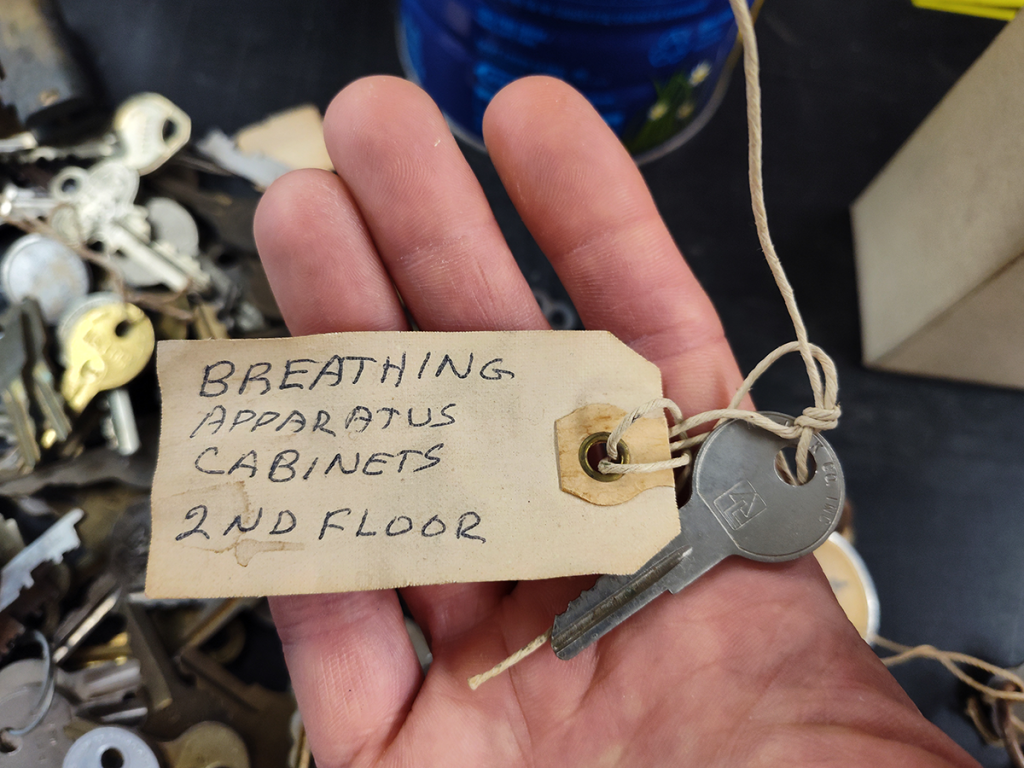
Apparently, at some indeterminate point in time, the second floor held cabinets with a breathing apparatus inside. Respirators? SCBA systems like firefighters use? SCUBA systems like divers use? Pretty confident that those’re long gone.
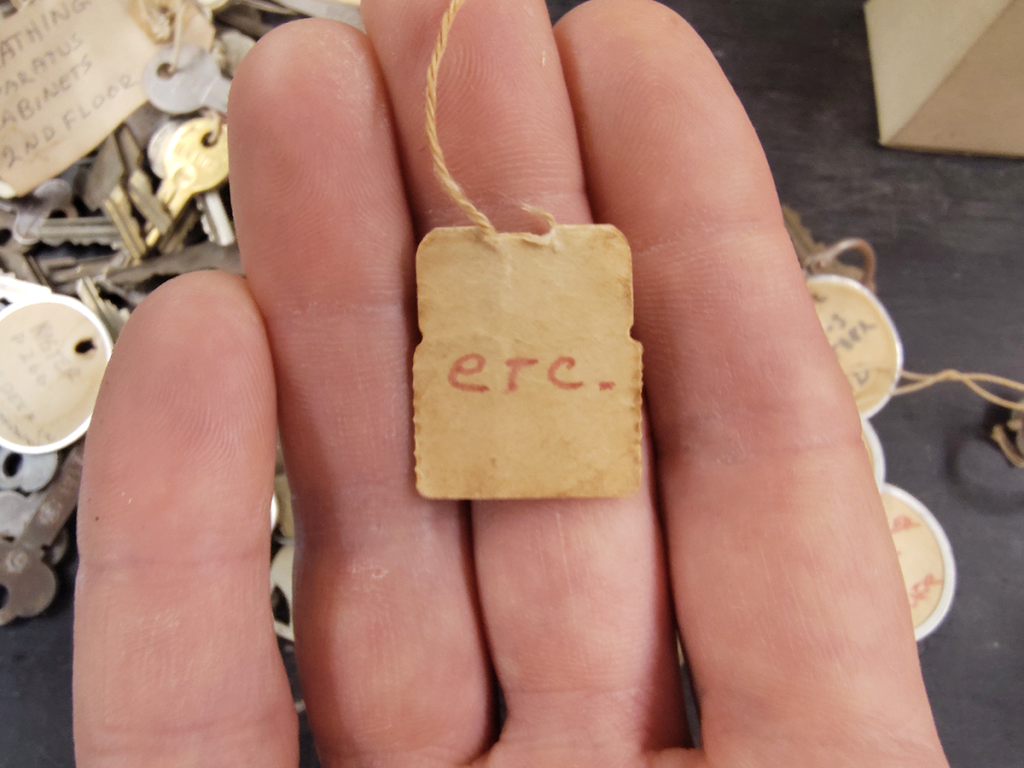
This one has become disconnected from its key, so your guess is as good as ours. What useful information could that possibly offer? Like, even if we knew which key it identified?
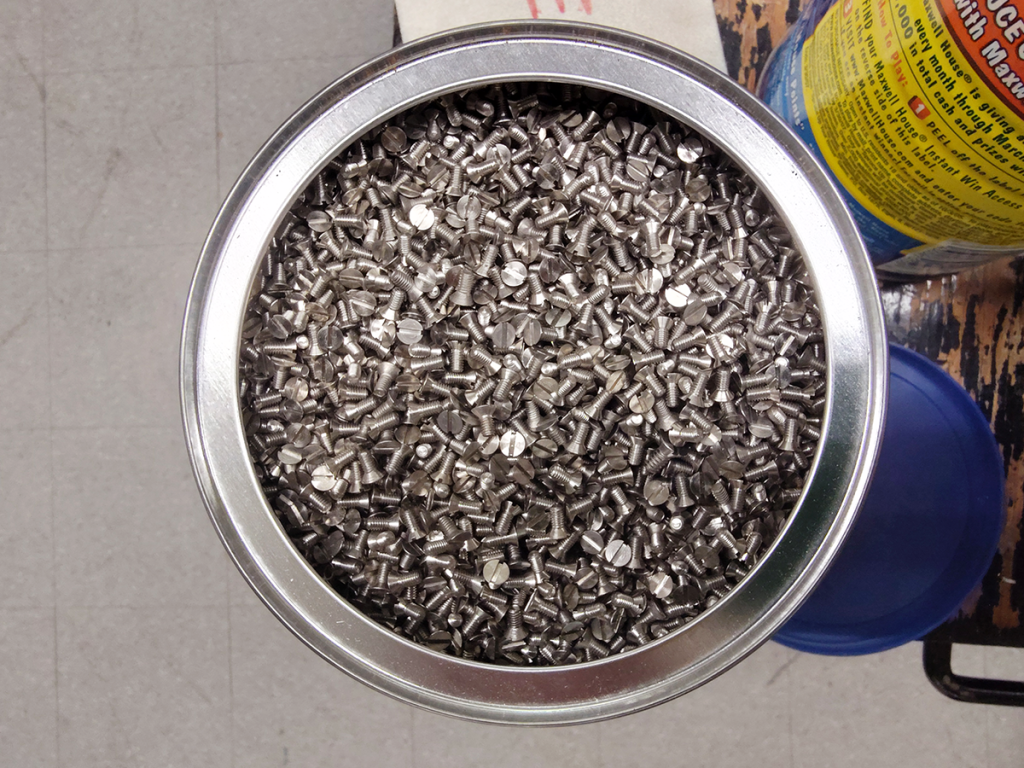
It’s an old coffee can full of tiny screws. The ones on top appear to be #3-56 (fine thread) in stainless steel, though the variety beneath is diverse. All in all, weighing in at approximately 3,063g. Individual screws weigh in – from a coarse sample – between 0.11g and 0.67g each.
Not going to throw them out, but just as unlikely to know when they might ever be put to use. Or how, precisely, we’d expect to find the necessary screws buried in such a mass.
Just, please, don’t drop it on the floor.
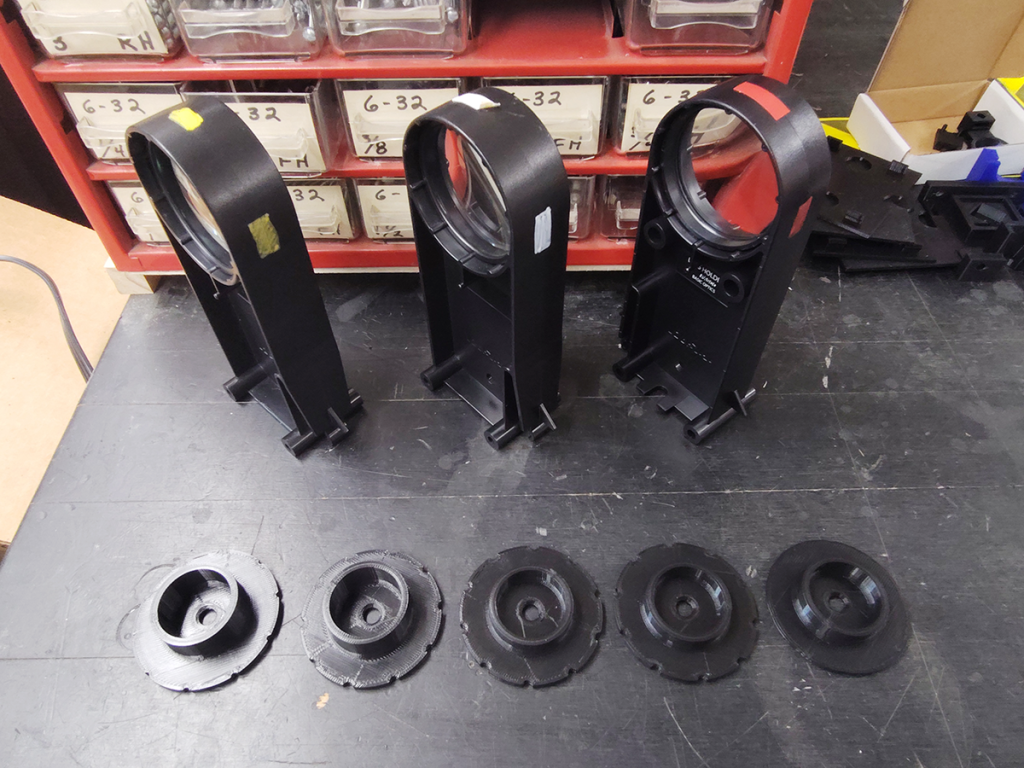
One of the key benefits of a 3D printer is the ability to create prototypes rapidly. Doesn’t quite fit? Adjust the model, re-slice, and set the new print to go. When you’re down to sub-millimeter tweaks with each iteration, it’s a relief to let the machine whir and ooze out the next version.
If at first you don’t succeed, try again and again and again and again…

A collection of advertisements in the latest package of toys for our toy kits. The new catalog – buy even more of our stuff! – makes sense. The Doordash bit seems unrelated, but they’re probably just spraying everywhere and hoping for a connection.
But “burial insurance you can afford” seems… a step too weird? There’s an awful lot to unpack here, and to be honest, we’ve got more important work to do.

Everyone’s coming back to campus, and isn’t that exciting?
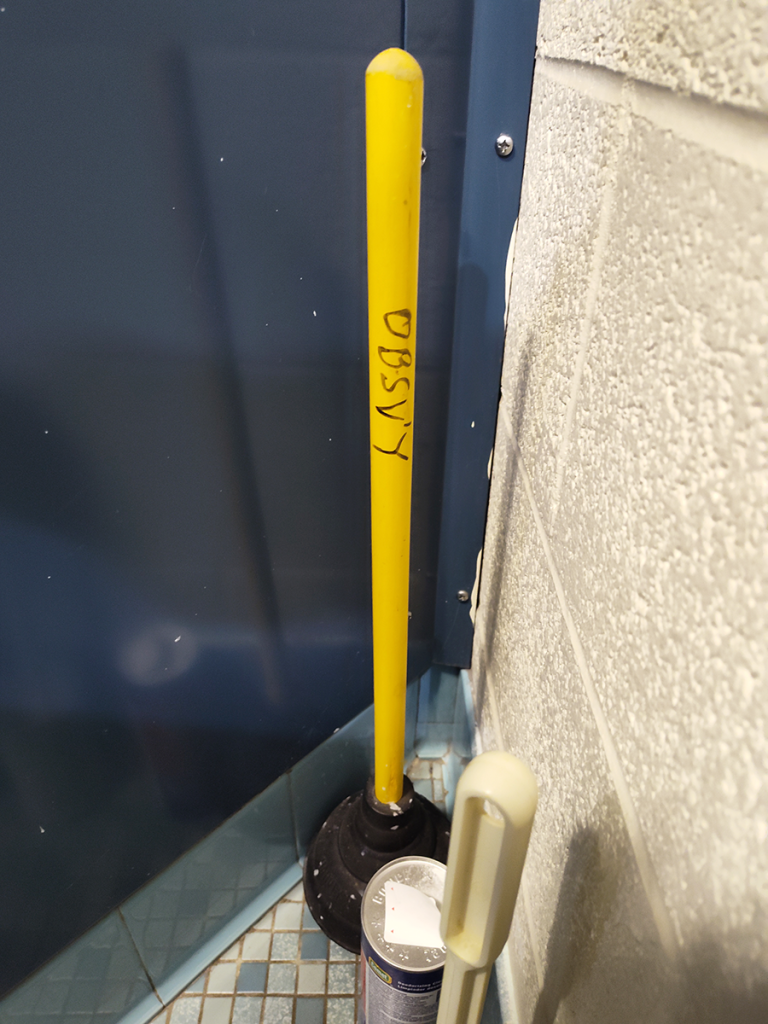
It’s for the Observatory, obviously.
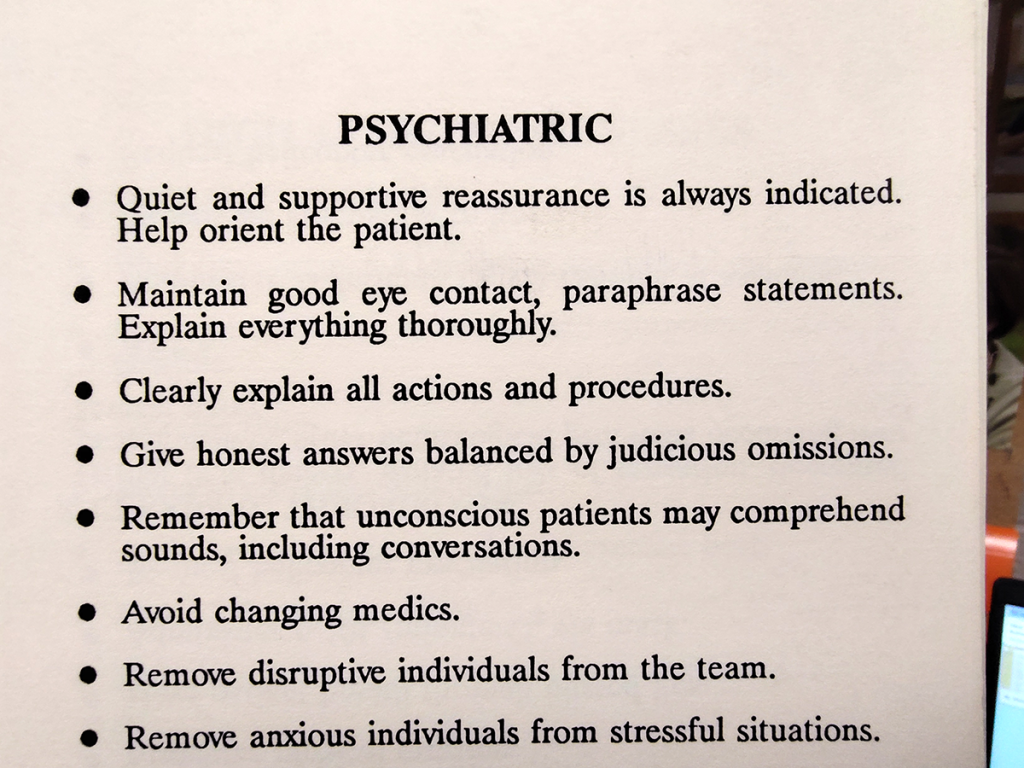
The bullet point guidelines under the Psychiatric treatment section are some pretty good advice for life and human interaction in general.
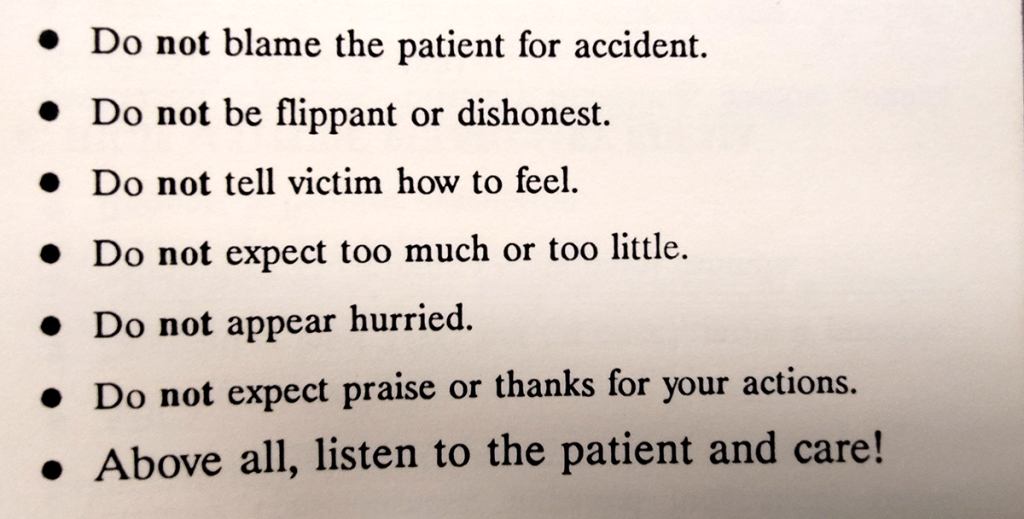
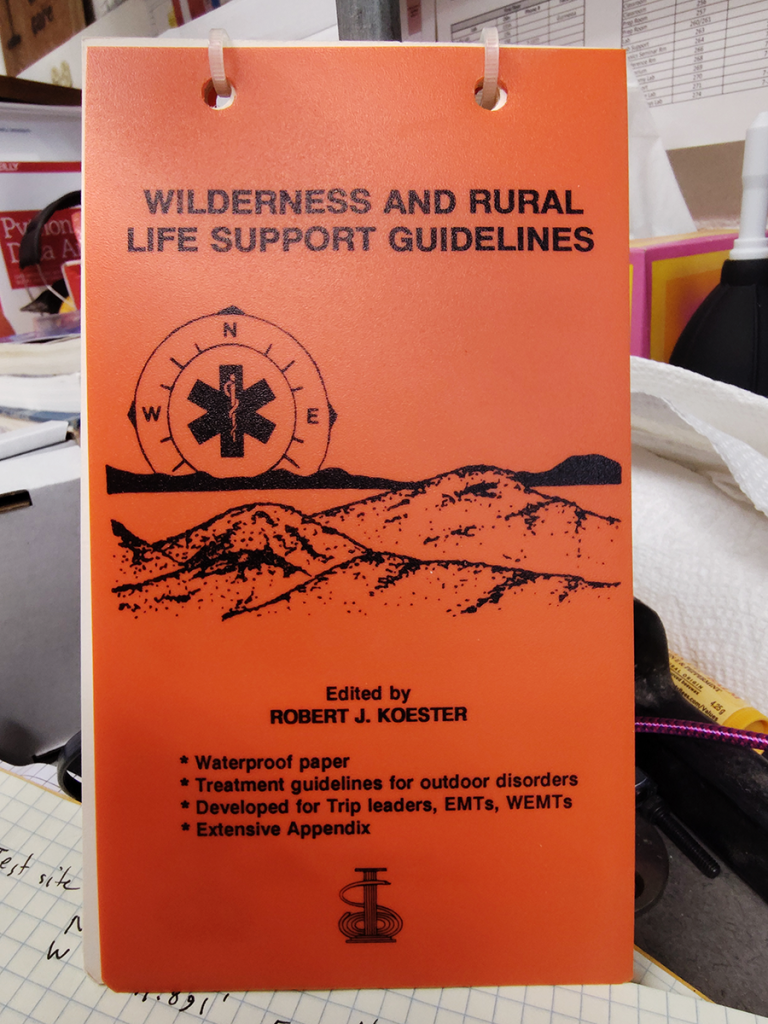
Are you ready for anything? No, of course not. But we still prefer to be well-informed and thoughtful in case of emergency.
Nothing quite like a little brushing up on the potential breadth of backcountry injuries to give you the oogies! All things considered, we’d rather read up on it and never experience it than the other way around.